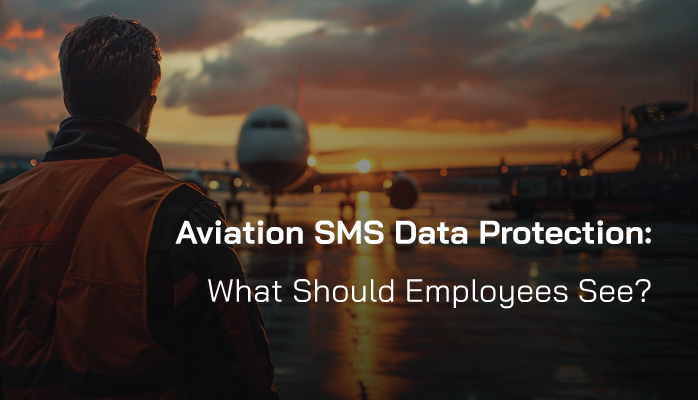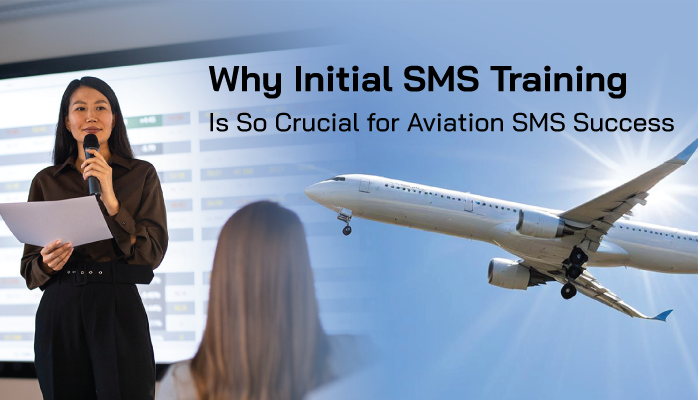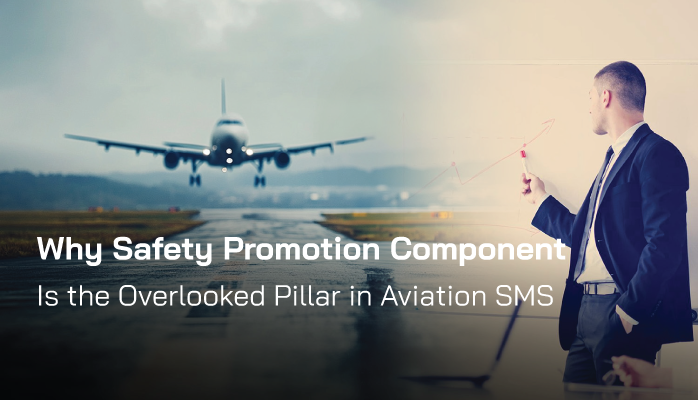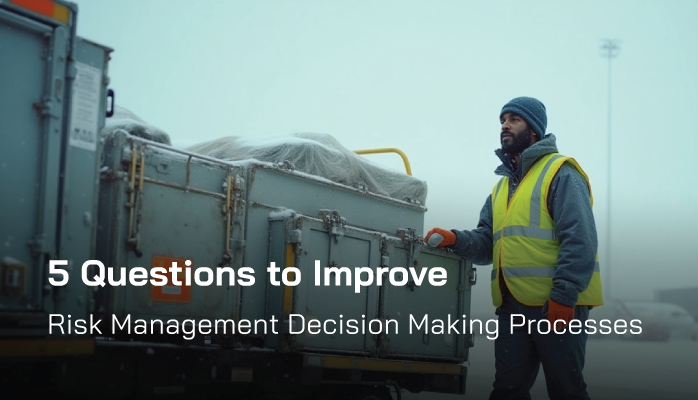FAA Part 5 Safety Policy Documentation Compliance
FAA Part 5 compliance for Safety Policy is largely the concern of new aviation SMS implementations for Part 121 operators.
An aviation safety management system (SMS) is logically broken up into components and elements.














